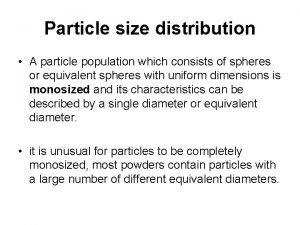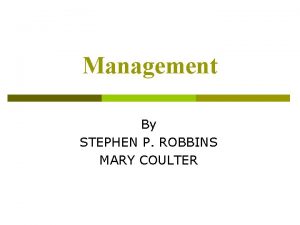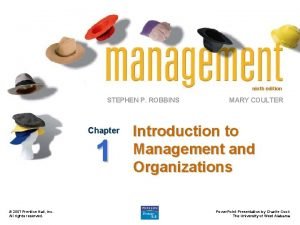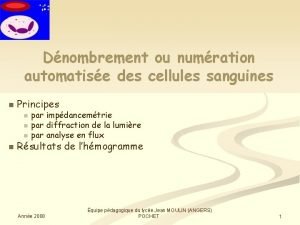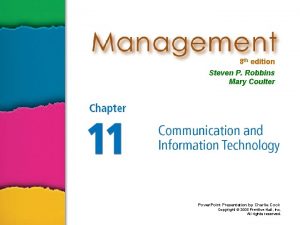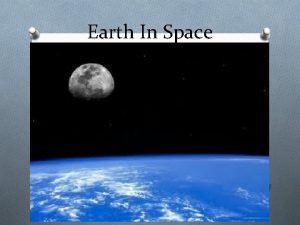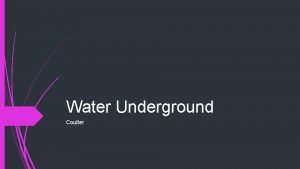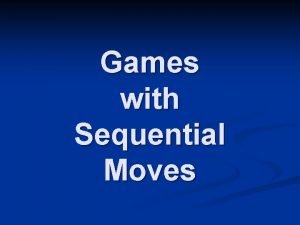EARTH IN SPACE COULTER HOW EARTH MOVES Earth





- Slides: 5

EARTH IN SPACE COULTER

HOW EARTH MOVES • Earth moves through space in two major ways: rotation and revolution • Rotation: the spinning of Earth on its axis. Period of rotation: day • Axis: the imaginary line that passes through Earth’s center and the North and South poles • Revolution: the movement of one object around another. • The time it takes a planet to orbit the sun is called its period of revolution: year

SEASONS ON EARTH • Earth has seasons because its axis is tilted as it revolves around the sun. • Earth’s axis is always tilted at an angle of 23. 5 degrees from the vertical. • As Earth revolves around the sun, the north end of its axis is tilted away from the sun for part of the year and toward the sun for part of the year. • Summer and winter are caused by Earth’s tilt as it revolves around the sun. • Summer; June: north end (northern hemisphere) is tilted toward the sun. More hours of daylight than darkness. At the same time the southern hemisphere is experiencing shorter day/ longer nights; it winter. • Winter; December: Southern hemisphere receive the most direct sunlight; its summer. At the same time, the northern hemisphere has fewer hours in the daylight; its winter • What do you think would happen if Earth’s axis was straight up and down?

SOLSTICES AND EQUINOXES • The sun reaches its greatest distance north and south of the equator twice each year. • The day when the sun is farthest north of the equator is the summer solstice in the northern hemisphere. At this time it is also winter solstice in the southern hemisphere. • This solstice occurs around June 21 each year. • Longest day of the year in northern hemisphere and shortest in the southern hemisphere. • Around December 21 is the winter solstice for the northern hemisphere and the summer solstice for the southern hemisphere. • Halfway between the solstices, neither hemisphere is tilted toward or away from the sun. (twice a year) • When the sun is directly overhead at the equator it is known as the equinox (equal night) • During equinox day and night are each 12 hours long. • Vernal (spring) equinox occurs around March 21 marks beginning of spring. • The autumnal equinox occurs around September 22 marks the beginning of fall.

DID YOU KNOW? • Our solar system is just one of billions that probably exist in the universe. • Our solar system has a total of nine planets orbiting a star called the sun. • All planets orbit the sun at very great distances. • The time it takes for a planet to orbit the sun once is called its Period of Revolution. • While a planet revolves around the sun it also rotates or “spins”. This is called a period of rotation. It is what is responsible for night and day. • All planets have different periods of revolution and rotation. • Planets orbiting the sun do not orbit in a circle. They follow an elliptical path.
